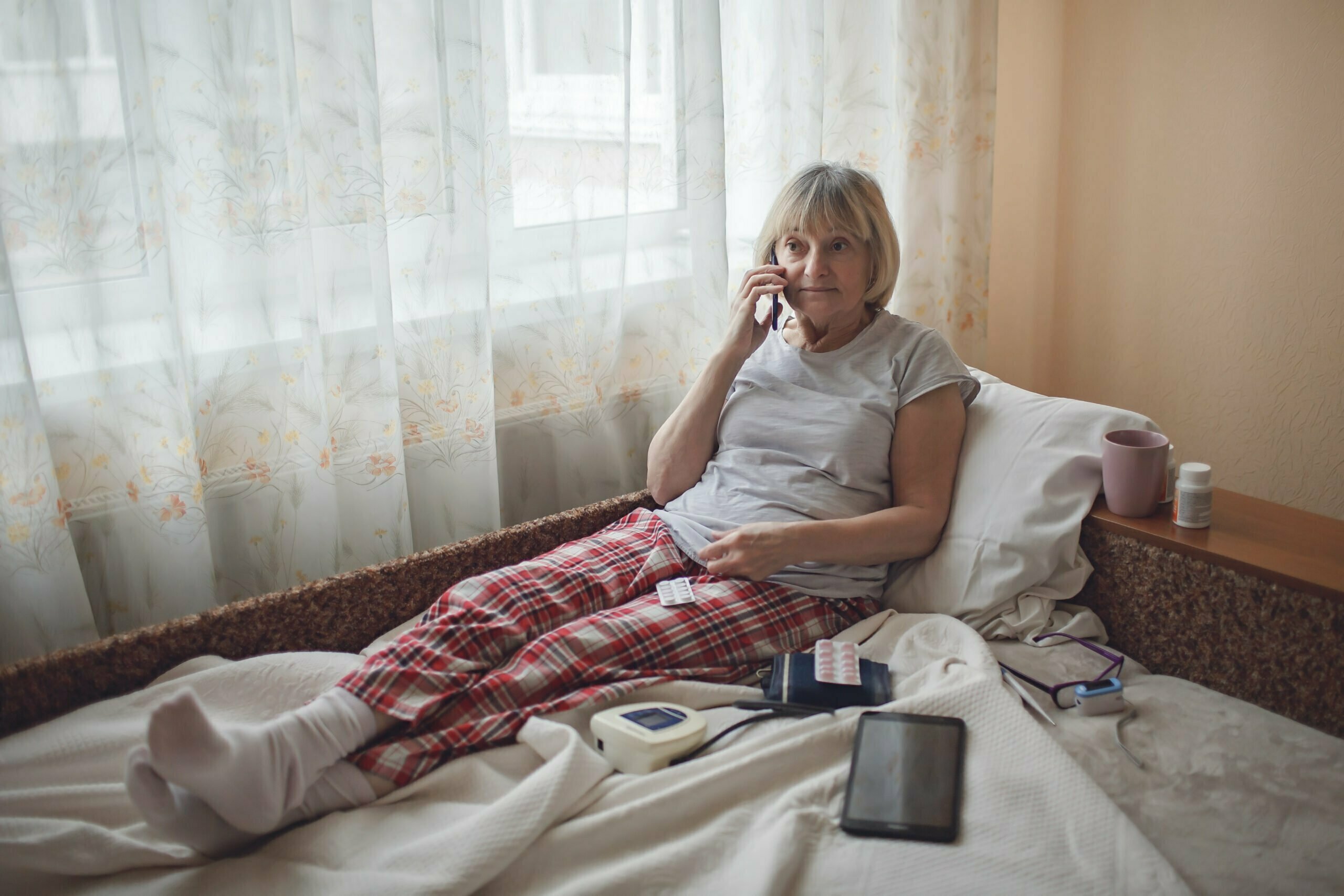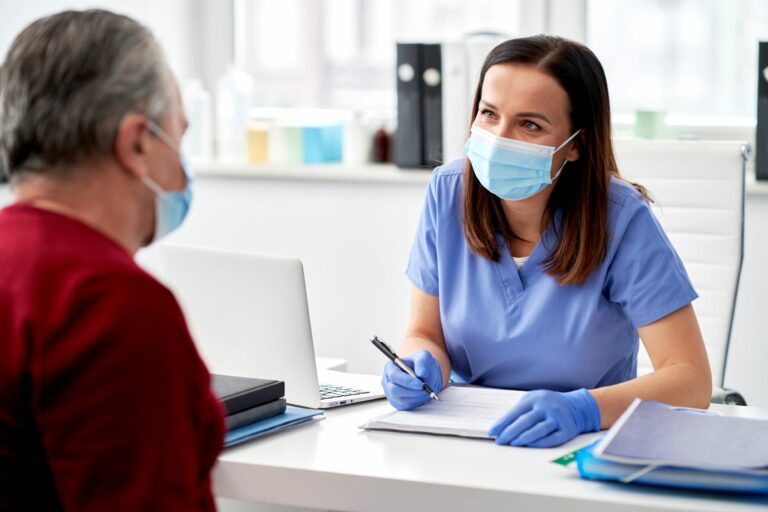The disruptive emergence of Remote Patient Monitoring (RPM) caused by the pandemic, even though RPM has existed in the shadows for many years, prepared the way for increased sensitivity and raised more significant concern about the importance of cost, quality, and accessible healthcare services. 2021 marks a year of change as the Centers for Medicare and Medicaid Services (CMS) announced its final rule on the new reimbursement codes for RPM, which may be considered the most significant product of health care reform in many years. Let’s see how remote patient monitoring transforms healthcare today.
What is Remote Patient Monitoring (RPM)?
There are numerous definitions available, but the most basic is collecting and analyzing patient physiologic data to establish and manage treatment plans for patients suffering from chronic and/or acute illnesses or conditions.
By looking at the term, RPM does not necessarily occur while the provider is in the presence of the patient. Instead, it occurs digitally because the provider can still collect and analyze the patient’s data regardless of where they are and whenever necessary. Keeping this in mind, this treatment model will allow for timely and appropriate medical intervention.
Healthcare providers can now bill RPM through the five key Medicare RPM CPT codes, 99091, 99453, 99454, 99457, and 99458, due to the final rule issued by CMS
How is RPM during COVID-19 and beyond?
When the pandemic hit the world, healthcare quickly rose to the top of everyone’s list of concerns. Thus, stakeholders have expressed heightened concern and sensitivity about improving healthcare, not only now but for many generations to come, even beyond the pandemic.
The increased demand for treating COVID-19 patients prohibits other patients from receiving their clinicians’ treatment in a healthcare facility. Using RPM, patients can have their doctors monitor them even in the comfort of their homes, reducing cross-infection and helping them live healthier lives. The new normal will continue to exist, as will RPM.
How RPM reduces healthcare costs?
With healthcare spending accounting for approximately 19.7 percent of the country’s Gross Domestic Product (GDP), RPM will significantly contribute to reducing spending, allowing patients to manage chronic conditions better, and avoid costly hospitalizations and medical emergencies.
Since individuals can decide how they can control their health, RPM can drastically lower total healthcare costs. In addition, RPM reduces readmissions by a significant amount, as measured by numerical figures, to the point where patients would not have to spend as much money.
Top 4 Benefits of Remote Patient Monitoring to Patients
1. Efficiencies and greater patient satisfaction
It’s nothing new for healthcare providers to have their hands full with treating COVID-19 patients on a daily basis. However, RPM allows providers to spend less time on prevention-based patient services and chronic disease management. As a result, quality and patient engagement measures improve when focusing on prevention rather than treating a patient’s chronic disease. Furthermore, because the spending is less than having the patient undergo hospitalization or surgery, providers are not exposed to the financial risk of capitated payment systems. This is especially true for For-providers who can generate a higher RPM per episode.
2. Time Consumption and Costs for Patients
Managing a chronic disease or condition, such as cancer, diabetes, high blood pressure, COPD, or obesity, can be expensive and time-consuming. RPM models are designed to assist patients in preventing illnesses and injuries and avoid hospitalization in the first place. As a result, patients have fewer doctor’s appointments, medical tests, and procedures, and they spend less money on prescription medication as their short- and long-term health improves.
3. Claims and Reduced Risk
When the risk is spread out over a larger patient population, the risk is reduced. Thus, due to RPM, a growing number of healthy populations will emerge. This results in fewer claims, which reduces the strain on payers’ premium pools and investments.
4. A revolutionary care model
New healthcare delivery models, such as Remote Patient Monitoring, emphasize a team-oriented approach to patient care and data sharing. This is done to create coordinated patient data, from which RPM can easily measure outcomes. In addition, the spread of RPM is altering the way physicians and hospitals provide care, i.e., instead of focusing on the actual treatment of a severe episode of disease, physicians are now focusing on prevention. These interventions, administered prior to the onset of a disease/illness, are intended to prevent or reduce the risk of developing a serious health problem, such as stroke or myocardial infarction.
The future of RPM
Providers are increasingly using RPM-based models as the healthcare landscape continues to develop and evolve. They will incur no short-term financial costs due to the numerous medical benefits associated with RPM. This will result in an additional decrease in their long-term costs. Thus, embracing RPM as the best strategy for reducing costs for providers and patients is not a vain proposition; instead, it is tangible, real-time, and evidence-based, improving care quality and assisting patients in living healthier lives.
DrKumo Next-Generation Remote Patient Monitoring
DrKumo developed the world’s first Remote Patient Monitoring that supports Disease Management Protocol (DMPs), enabling the automatic collection and secure transmission of patient objective and subjective data using health wearable technologies and home monitoring devices such as blood pressure monitor, glucometer, pulse oximeter, digital weight scale, etc.
DrKumo is a multi-award-winning Connected Health Technology leader that provides state-of-the-art RPM, allowing patients and doctors to connect wherever they are due to its highly secure real-time data streaming.
Are you a healthcare provider or a network of providers looking for ways to revolutionize care delivery? Contact DrKumo for more information about the next-generation remote patient monitoring.








